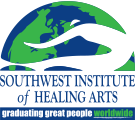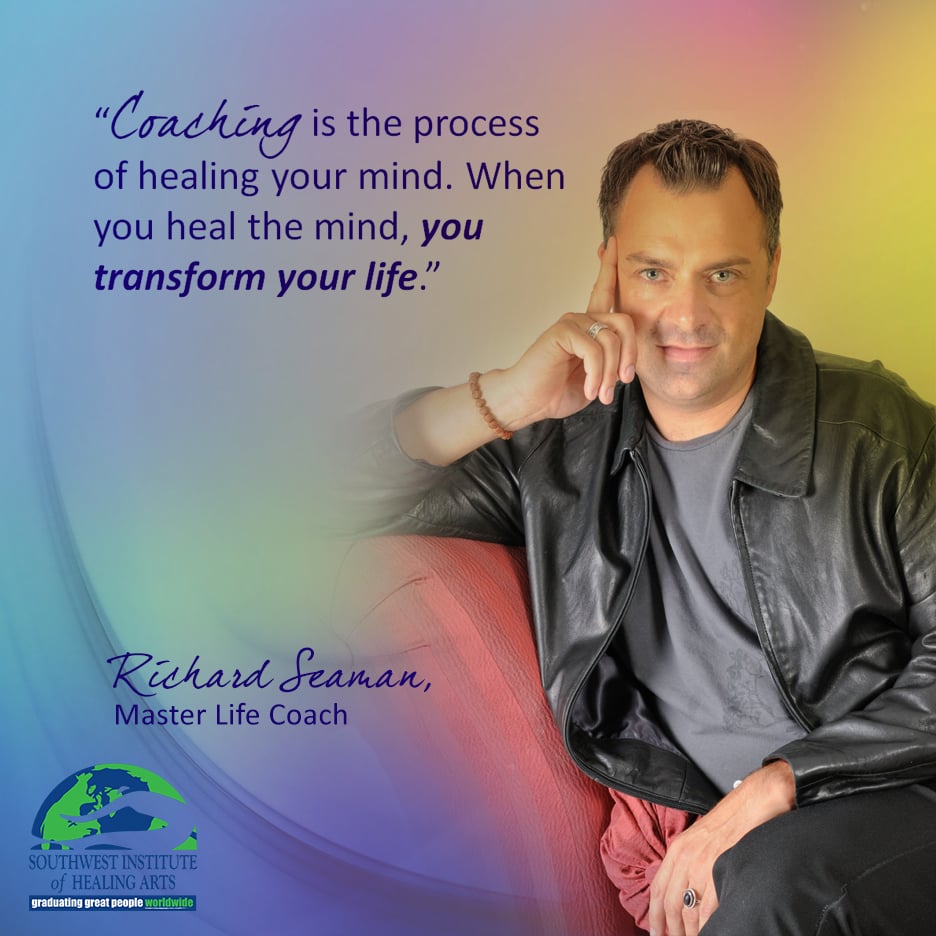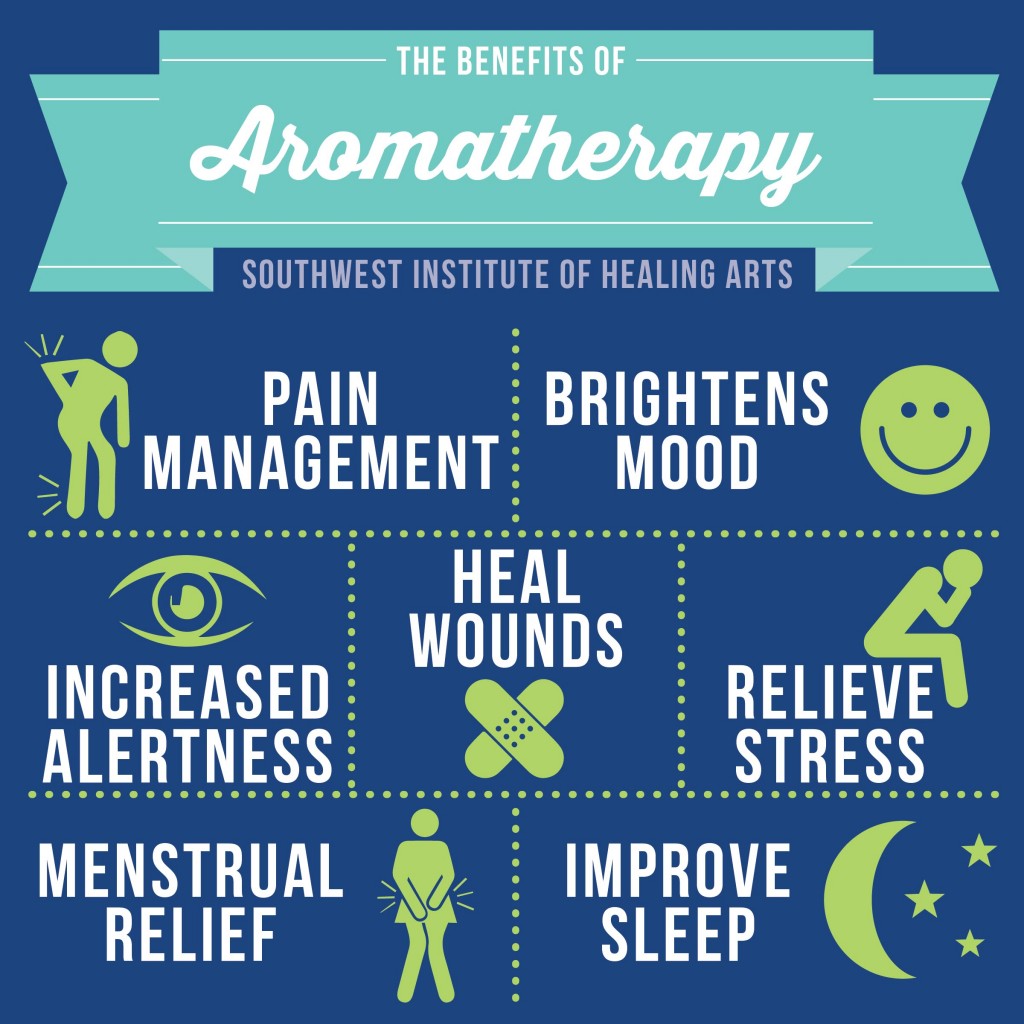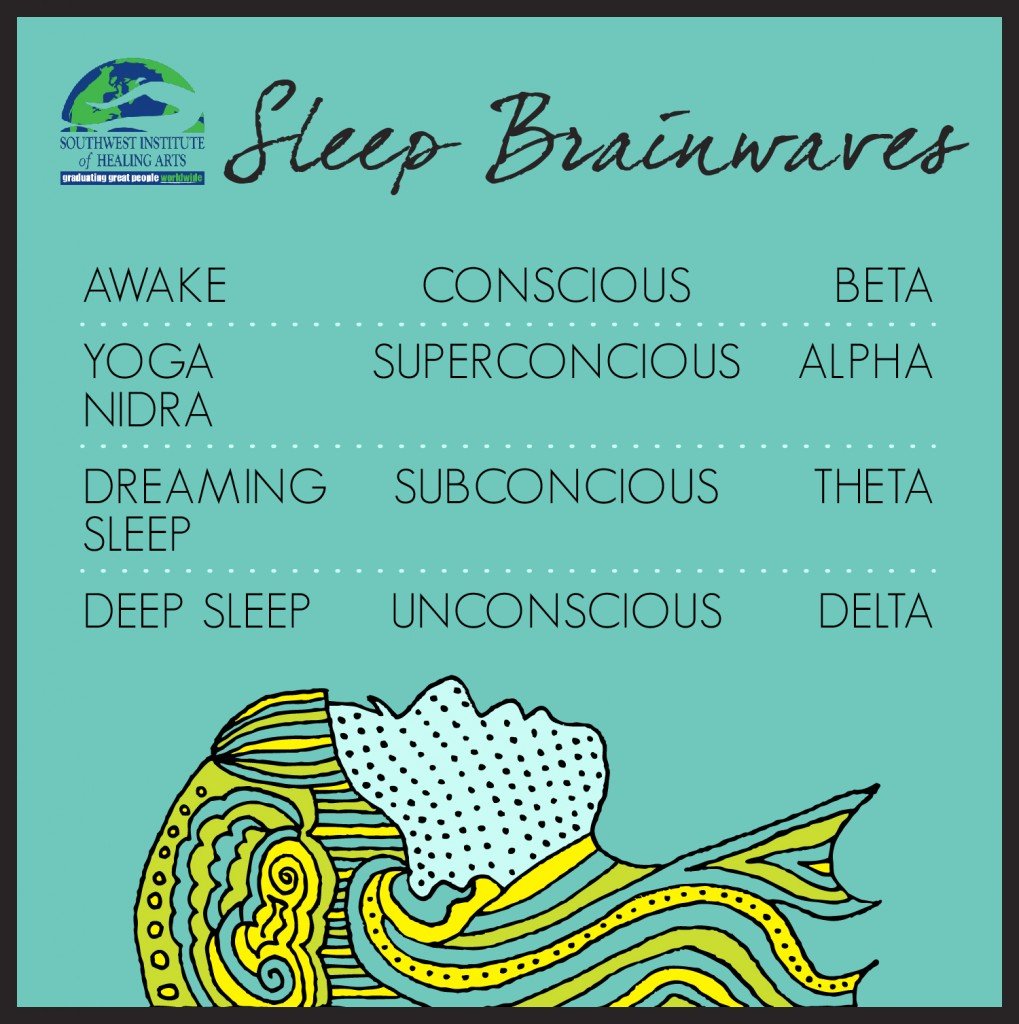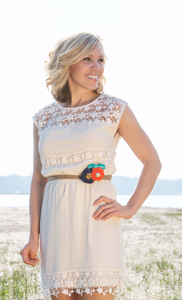By Melanie Albert
Protein, alongwith fats and carbohydrates, is an essential macro nutrient which we must eat everyday with every meal. Protein is a building block of our body and helps to buildthe foundation of our bones, muscles, cartilage, skin and blood.
No Meat for 25 Years
I stopped eating red meat 30 years ago because my body could not digest it. I was a runner and felt like the meat made me sluggish. Then 18 years ago when my Mom was diagnosedwith breast cancer, I learned about antibiotics in poultry and stopped eating chicken and turkey, which I loved at the time.
My family was worried for years that I was not eating enough protein, but while I was studying nutrition, I learned so much about good plant protein, and now I’m honestly not worriedabout eating enough protein. Today, I love educating people about good sources of plant protein, including beans, whole grains and even vegetables.
Read More